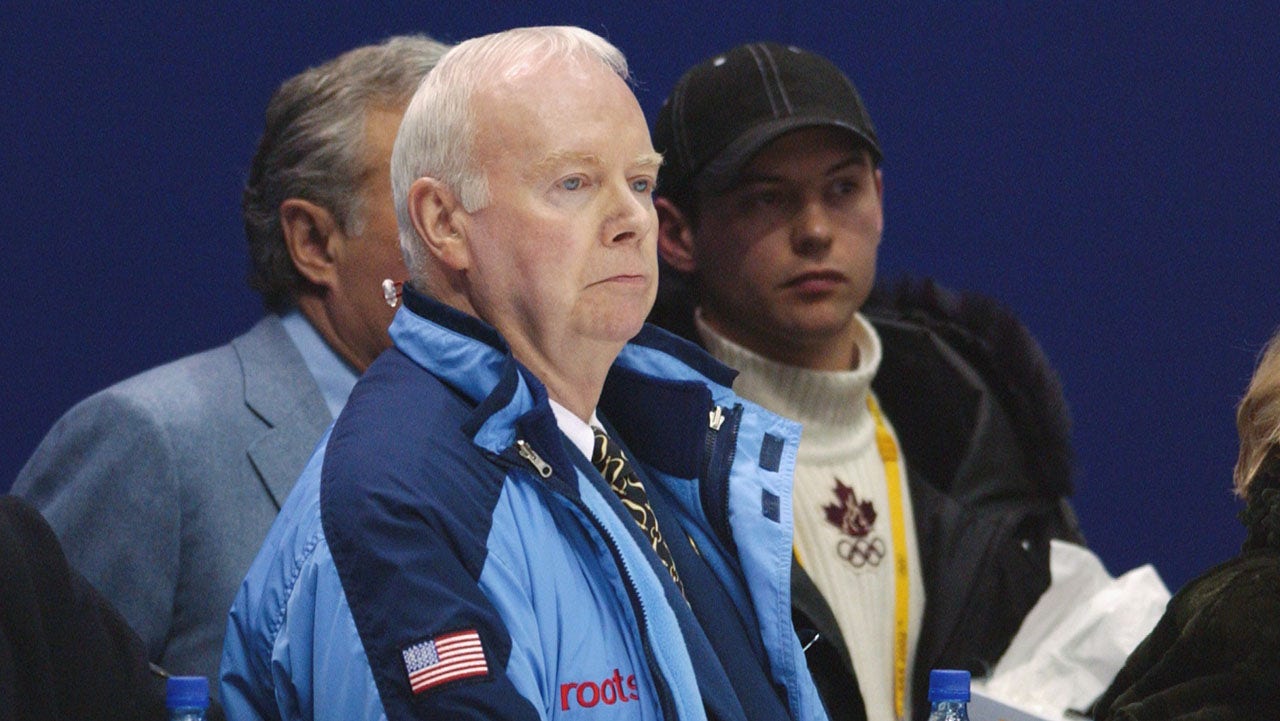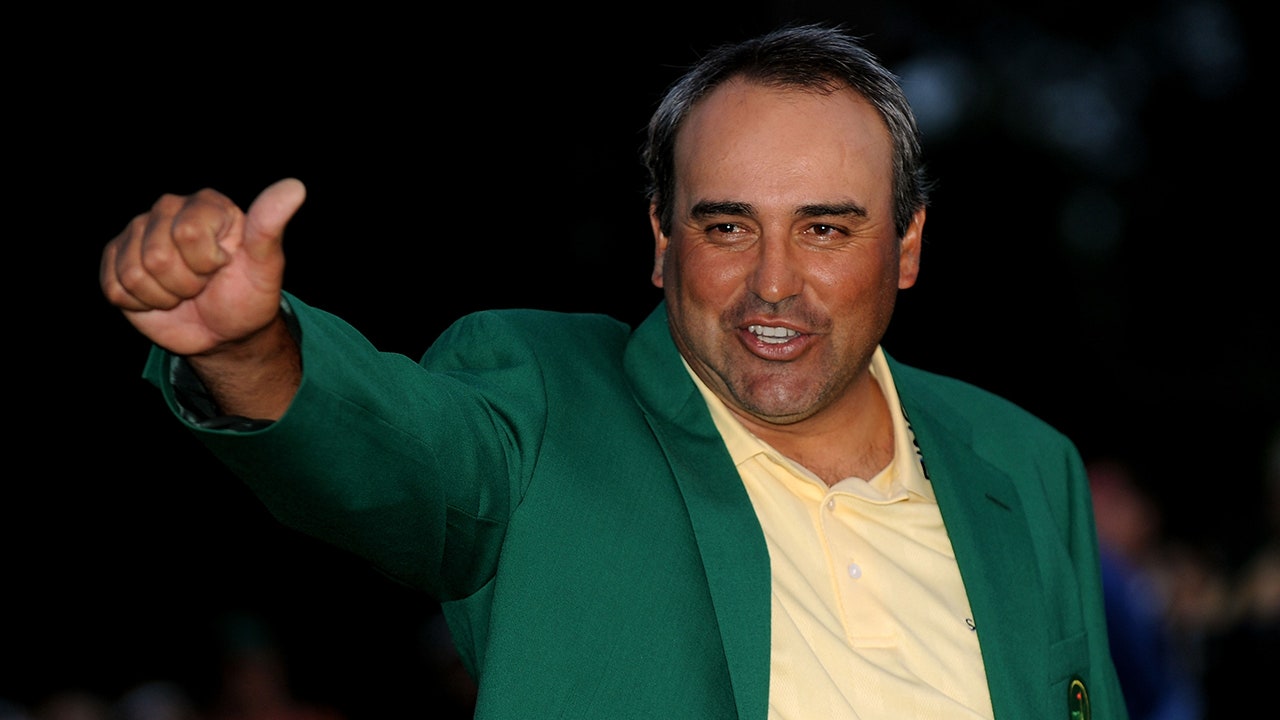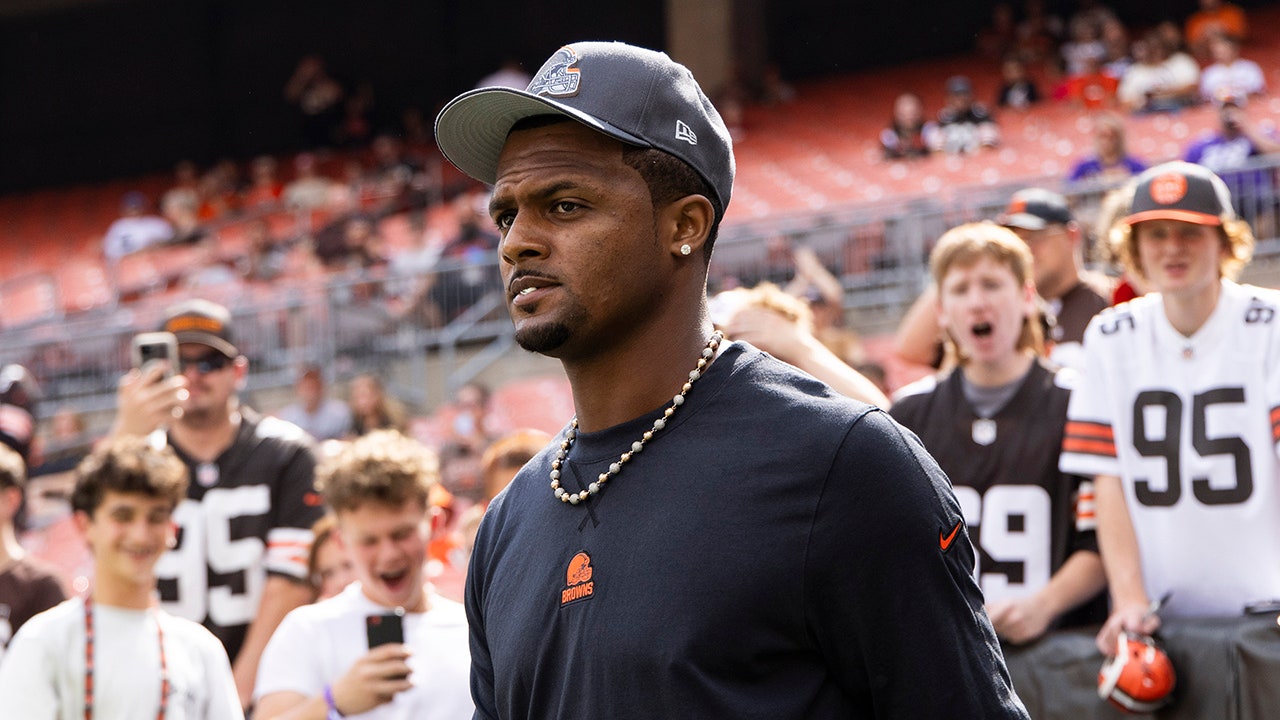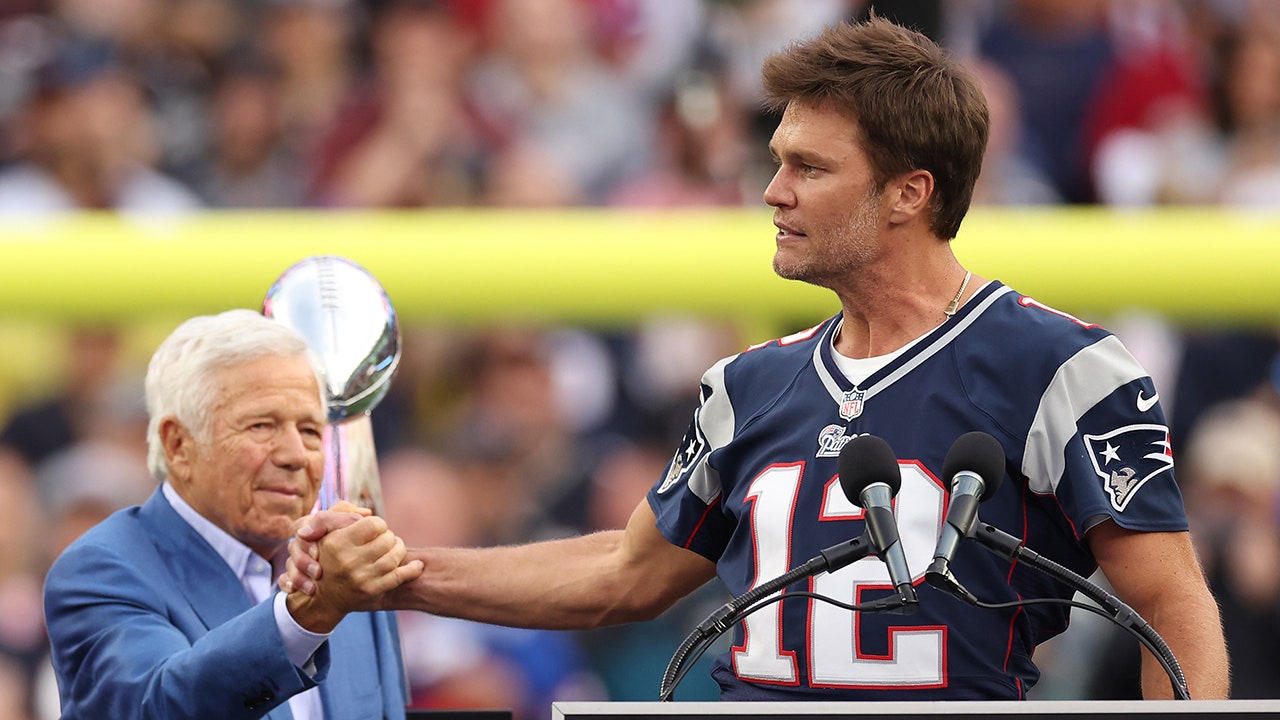In the United States, many Major League Baseball games feature long periods of calm, punctuated by cheering when there’s action on the field or the stadium organ plays a catchy tune.
But in South Korea, a baseball game is a sustained sensory overload. Each player has a fight song, and cheering squads — including drummers and dancers who stand on platforms near the dugouts facing the spectators — ensure that there is near-constant chanting. Imagine being at a ballpark where every player, even a rookie, gets the star treatment.
“You should get ready to scream,” said Kim Seongjun, 26, a fan who attended an exhibition game in Seoul over the weekend. “It’s fun to get on your feet and cheer.”
Also, the food is on another level. Think of the ballpark as a giant buffet of Korean street food.
All of this awaits the Los Angeles Dodgers and the San Diego Padres when they open the M.L.B. season in Seoul this week. Here’s a guide for visiting fans.
Step into any South Korean ballpark and you’ll be encouraged to get up and participate in cheering routines almost constantly from first pitch to last out. Fans typically watch their respective team’s cheering squad and repeat the chants, songs and dances performed by its cheerleaders, drummers and their leader, the “cheer master.”
The Korea Baseball Organization professionalized cheering squads in the early 2000s, partly to attract new fans. That has helped to make ballparks welcoming spaces in a country where many people work long hours and face immense societal pressures.
“Our huge cheering culture is part why baseball is such a popular sport here,” said Jung Jihoon, 22, who led the drum section for the Padres’ exhibition game on Sunday when they beat South Korea’s national team, 1-0.
“It’s fun to lose yourself in the atmosphere,” Jung said, as he sat with his drum sticks and bass drum in front of where the Padres cheerleaders danced.
To fully immerse, follow the cheer master’s lead. Among other duties, cheer masters write fight songs and chants, and shout them during games, even when their teams are losing badly.
When the Kiwoom Heroes played the Dodgers on Sunday, Kim Jung-suk, 39, the South Korean club’s cheer master, yelled, “Home run ball! Home run ball!” Fans repeated that while rhythmically hitting empty plastic bottles and toy baseball bats together.
Whenever a batter hit the ball, the crack of his bat turned the chanting into a roar.
“Game-wise, everyone might be interested in the Dodgers,” Kim said of the contest, in which the American team trounced his team 14-3. “But in terms of cheering, the Kiwoom Heroes won’t be left behind.”
Learn the fight songs
Customized fight songs are played whenever a player steps up to the plate. They typically feature the player’s name and a short melody.
Local fans can sing them by heart.
Kim Soowon, 38, who attended the Heroes game with her husband and children, said the team’s songs were so easy to learn that even her 2-year-old twins knew them.
“Here, baseball games are a great place for office workers to go after work to scream,” she said.
For this week’s games, cheer masters spent weeks crafting each M.L.B. player’s fight song, adapted from widely recognized melodies used by South Korean teams.
Fight songs are sung when a player steps up to the plate. Then, as he squares off against the opposing pitcher, the cheer master leads chants that call for hits — or, if the team is down, a home run to turn the game around.
“Ohtani infield! Ohtani infield!” fans chanted in Korean when the beloved Dodger Shohei Ohtani was batting during the exhibition game on Sunday. He struck out twice.
A dance goes with each song. Don’t worry if you don’t know the moves. Each team has a troupe of cheerleaders demonstrating them.
“I love the energy that we send and receive when the fans follow our movements,” said Kim Hana, 25, a Heroes cheerleader. “We’ll help you learn all of the dances.”
The cheering, dancing and signing has attracted young fans to baseball who might otherwise find the sport boring. “In the age of YouTube and TikTok, it’s hard to sit through a three-hour game,” said Barney Yoo, the director of international operations at the K.B.O.
The rituals also strengthen the bond between the teams and their devoted crowds, said Bae Soohyun, 39, a cheerleader for South Korea’s national team on Sunday.
“It’s a ballpark experience that only South Korea can offer,” she said.
Eat something new
Baseball here can be a full-on dining experience that features Korean staples like deep-fried spicy rice cakes, braised pig’s trotters and “chimaek,” Korean slang for the pairing of fried chicken and beer. Many fans carry multicourse meals to their seats, and some stadiums have barbecue zones for those who want to grill.
Each South Korean ballpark also serves its own specialty dishes. Jamsil Baseball Stadium in Seoul is known for its spicy noodles in kimchi broth. In Suwon, south of the capital, fans rave about the dumplings and deep-fried whole chicken.
And at Gocheok Sky Dome, where the M.L.B. season openers will be played, hundreds line up for crispy fried shrimp covered in a mayonnaise-based sauce. If you’re not afraid of spice, consider the “mala” sauce version for a tingly zing.
Stay for the end
There was some concern among officials planning this week’s games that all the chanting might bother non-Korean players. But the exhibition games over the weekend were more subdued than a usual Korean game. That might have been because fans were not fervently rooting for a particular outcome.
After the Dodgers played on Sunday, the team’s manager, Dave Roberts, told reporters that his players had not found the cheering distracting. On the contrary.
“The environment, the atmosphere was great,” he said.
One aspect of Korean fan culture will be comforting to the losers in the M.L.B. games. While American fans might dejectedly file out early if their team seems too far behind to win, fans here typically stay put until the last out.






